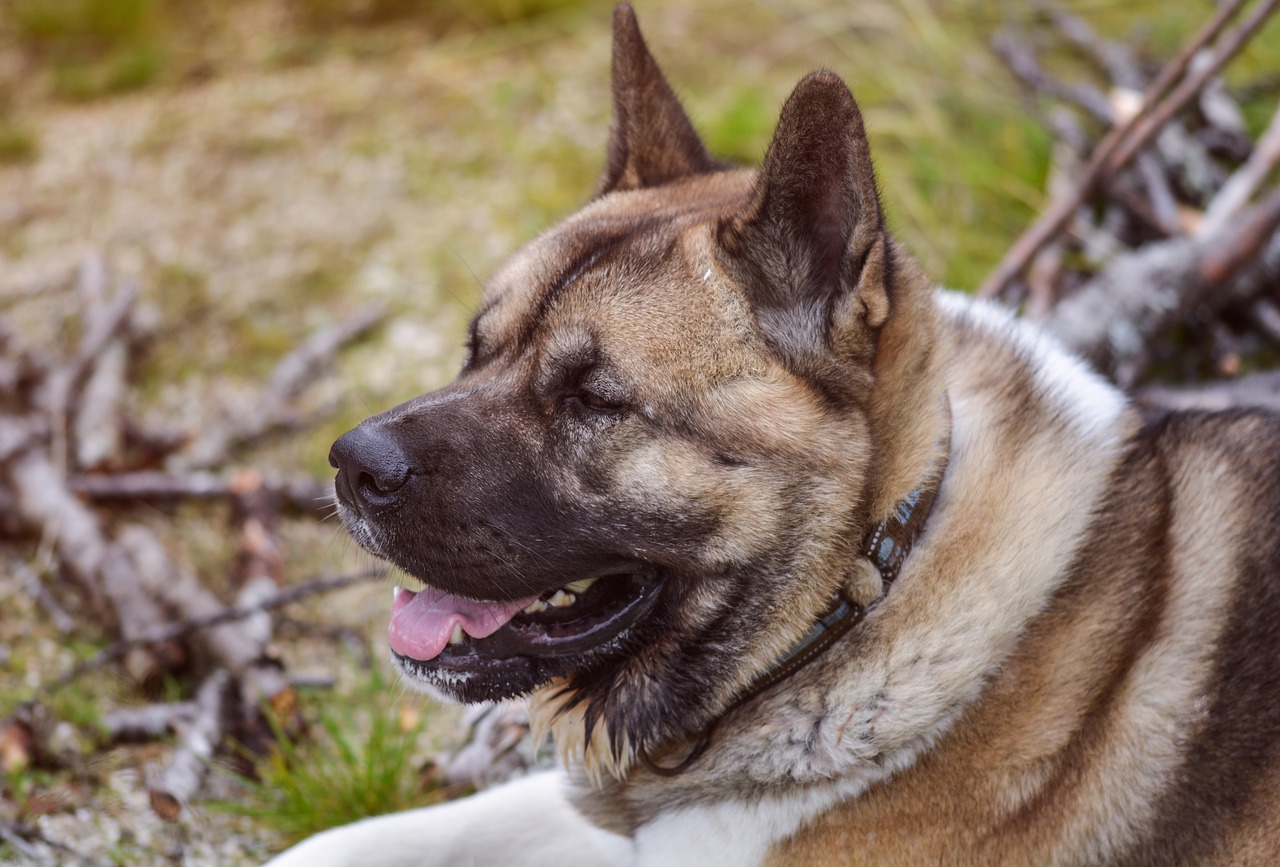If you’re wondering what causes Siberian husky blue eyes, read on. It’s possible that genetic mutations can cause blue eyes in any breed, and a blue eye is a relatively common feature in Alaskan huskies. Here are the factors that can contribute to the blue coloration of the dog’s eyes. First, you need to understand the genetic makeup of huskies.
Siberian huskies with blue eyes
Blue-eyed Siberian huskies are a rare breed that stands out from most dog breeds. While there is no conclusive evidence that they are related to blue eyes in humans, genetic testing can help us find out whether this eye color is hereditary or inherited. Genetic studies are already available and have begun revealing what breeds have the trait. Genetic testing will provide a genetic blueprint of your dog’s background and help you breed a blue-eyed Siberian husky.
There is no definitive explanation for the cause of blue eyes in Siberian huskies, but genetics researchers have uncovered a gene that may be responsible. The ALX4 gene, which plays a crucial role in mammalian eye development, is strongly associated with blue eyes in these dogs. But, this doesn’t explain why all dogs have blue eyes – there are other genetic factors at work.
Other breeds with blue eyes
There are other breeds that have blue eyes besides the Blue Merle. The Shetland Sheepdog and the French Bulldog are examples of breeds with blue eyes. Both dogs are herding dogs and likely to have blue eyes. These breeds typically have white to black or merle coats. The Sheltie is a medium to large breed and should be housed with ample space to run around. French Bulldogs are also susceptible to blue eyes but most grow out of them.
Some Dalmatians are born with blue eyes, but it is rare for them to develop the trait. As a matter of fact, many of them are deaf. Veterinarians do not know why, but genetics have linked blue eyes to hearing loss. However, there are several Dalmatian mixes that have this genetic trait. These dogs are good family pets and are very well suited to multi-pet households.
Genetic mutations that cause blue eyes in Siberian huskies
Blue eyes are a very unique feature of the Siberian husky, and the majority of them do not occur in any other breed of dog. Interestingly, a chromosomal abnormality linked to the genetic mutation ALX4 has been implicated in the occurrence of blue eyes in Siberian huskies. Blue eyes are caused by a decreased level of pigment in the eye, which makes the eye appear blue. Blue eyes are associated with a reduced level of melanin in the iris. This pigmentation defect causes the eye to absorb light, resulting in the appearance of blue eyes. It is estimated that 40 percent of Huskies are blue-eyed.
To determine the exact gene responsible for blue eyes, scientists have studied the chromosome 18 of huskies. The study included data from more than 6,000 dogs, which represents the largest genetic study ever conducted in nonhuman animals. Despite the unusual blue eye trait of huskies, the study found that a specific genetic mutation accounted for 100 percent of the blue-eyed huskies.
Similar Posts:




Leave a Comment